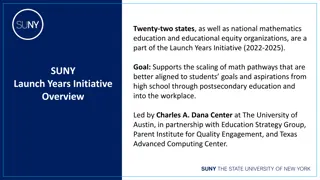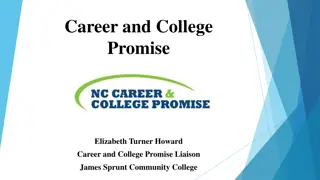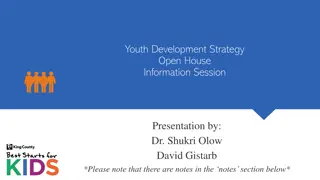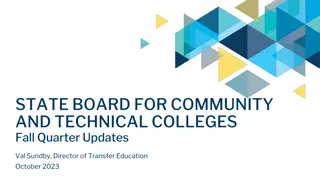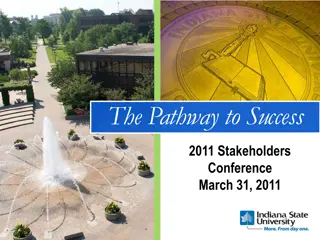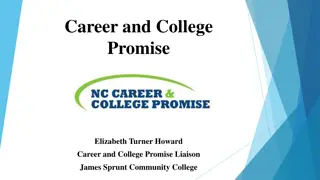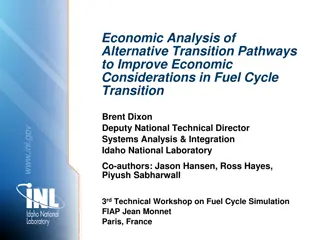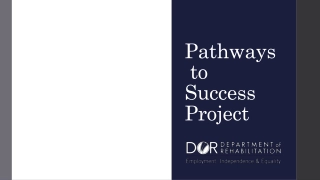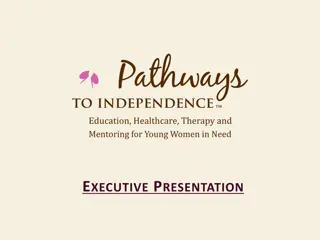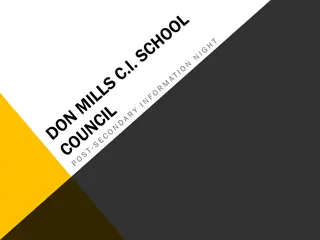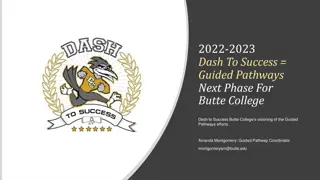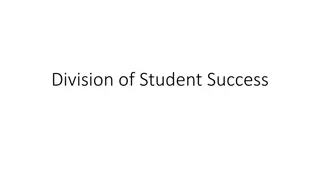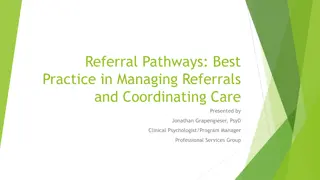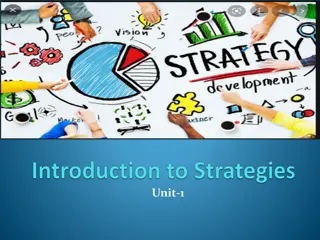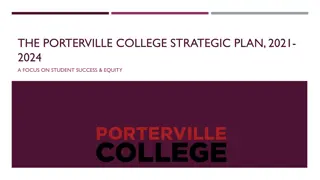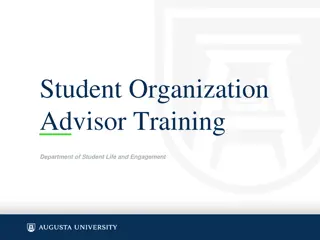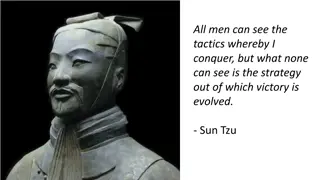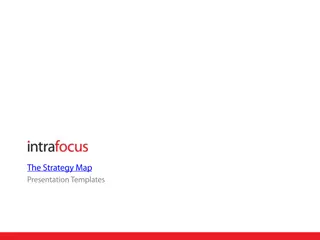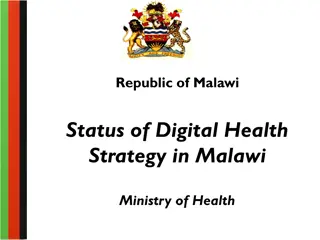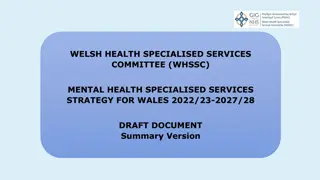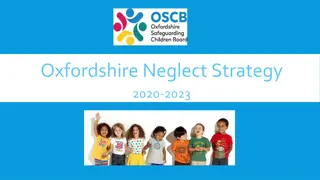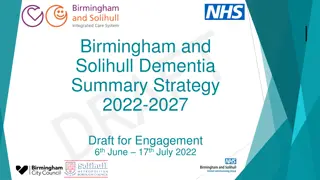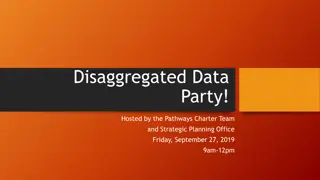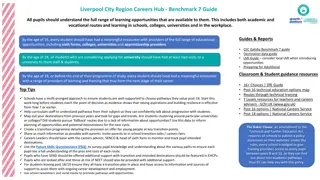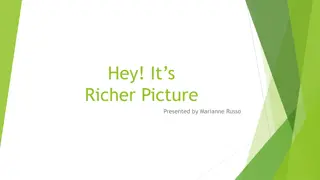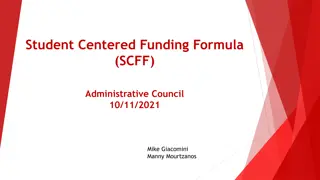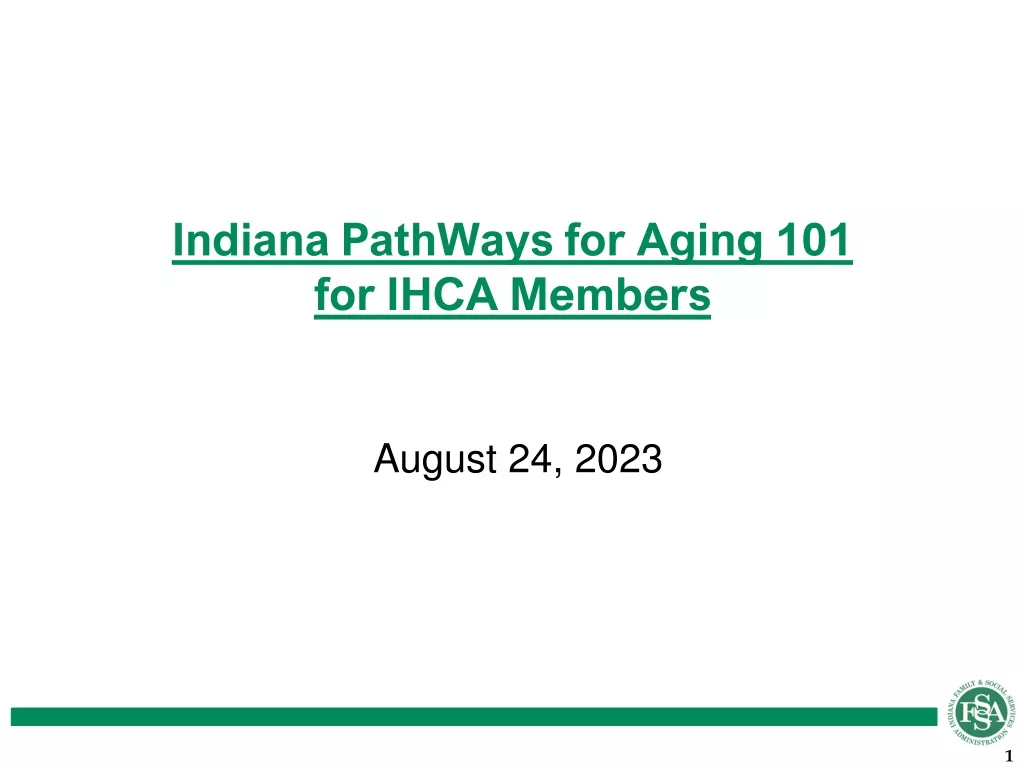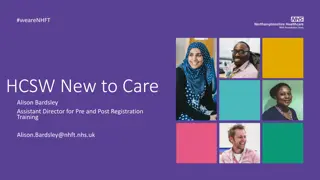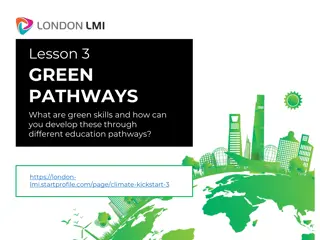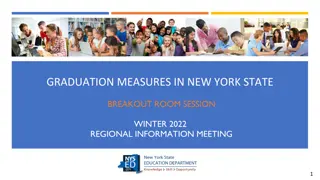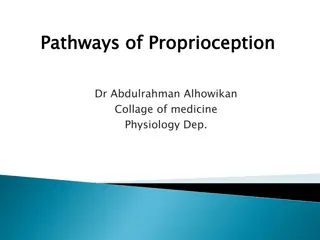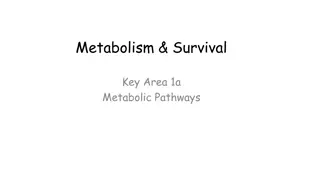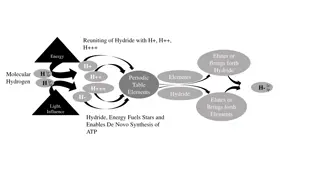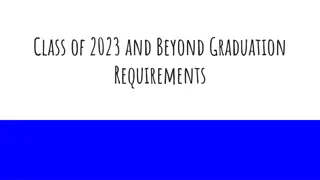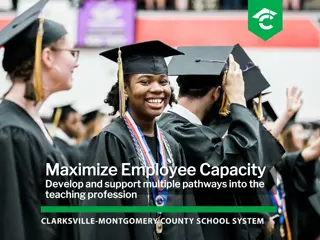Pathways to Student Success Strategy Session Summary
The Pioneers for Hope Learning Framework Strategy Session held on November 7, 2017, focused on creating models to illustrate pathways to student success. Participants formed groups to design models depicting elements that contribute to or hinder student success, with a special emphasis on food insecurity and housing instability. The session also included a gallery walk to review and provide feedback on the models, as well as discussions on logical frameworks and building a logic model to achieve desired outcomes.
Download Presentation

Please find below an Image/Link to download the presentation.
The content on the website is provided AS IS for your information and personal use only. It may not be sold, licensed, or shared on other websites without obtaining consent from the author. Download presentation by click this link. If you encounter any issues during the download, it is possible that the publisher has removed the file from their server.
E N D
Presentation Transcript
PIONEERS FOR HOPE LEARNING FRAMEWORK Strategy Session November 7, 2017
AGENDA Introductions Welcome and Project Purpose Maureen Scharberg, Dean of Academic Programs and Services Patrick Lee, Consultant for the Stupski Foundation Sarah Taylor, Project Co-Investigator and Associate Prof in Social Work Small group activity pathways to student success Building a logical framework Suggestions and resources
PATHWAYS TO STUDENT SUCCESS Form groups of 2-4 people. Try to partner with people you don t know. Using any of the materials available, draw/design/create a model that illustrates as many of these elements as you can: The destination student success Things that clear the way or help students make progress Things that stand in the way Think about things you might want to include at the individual (student), organizational, community, and policy levels. As our project has an emphasis on food insecurity and housing instability, think about where and how to capture these issues. Your model can take any form you wish. It can be two-dimension or three- dimensional. It can include words, pictures, symbols, etc. The entire model can take the form of a metaphor such as a garden, machine, or road map.
GALLERY WALK OF MODELS Take a few minutes to review one another s models. Use post-it notes to add comments. Use stars to indicate model elements that resonate with you.
LOGICAL FRAMEWORKS (AKA LOGIC MODELS) Illustrate the change we want to see and how we expect to get there Provide a common language and point of reference Used in program planning, program implementation, staff and stakeholder orientation, evaluation, and advocacy Informed by research literature, expert feedback, practice experience, and lived experience Subject to change Adapted from: http://ctb.ku.edu/en/table-of-contents/overview/models-for-community-health-and-development/logic-model-development/main
BUILDING A LOGIC MODEL Think about the destination ideas from the last activity. What activities, outputs, and outcomes will help us reach our destination? Use the post-it notes to add ideas to the easel papers in each of these areas. Review what others wrote. Add stars to ideas that resonate with you.
NEXT STEPS Email sarah.taylor@csueastbay.edu or use post-it notes to share ideas about people you want us to talk to, books or articles you want us to read, and other suggestions. Let us know if you want to be involved in future meetings like this one and/or join the project team as a collaborator.


